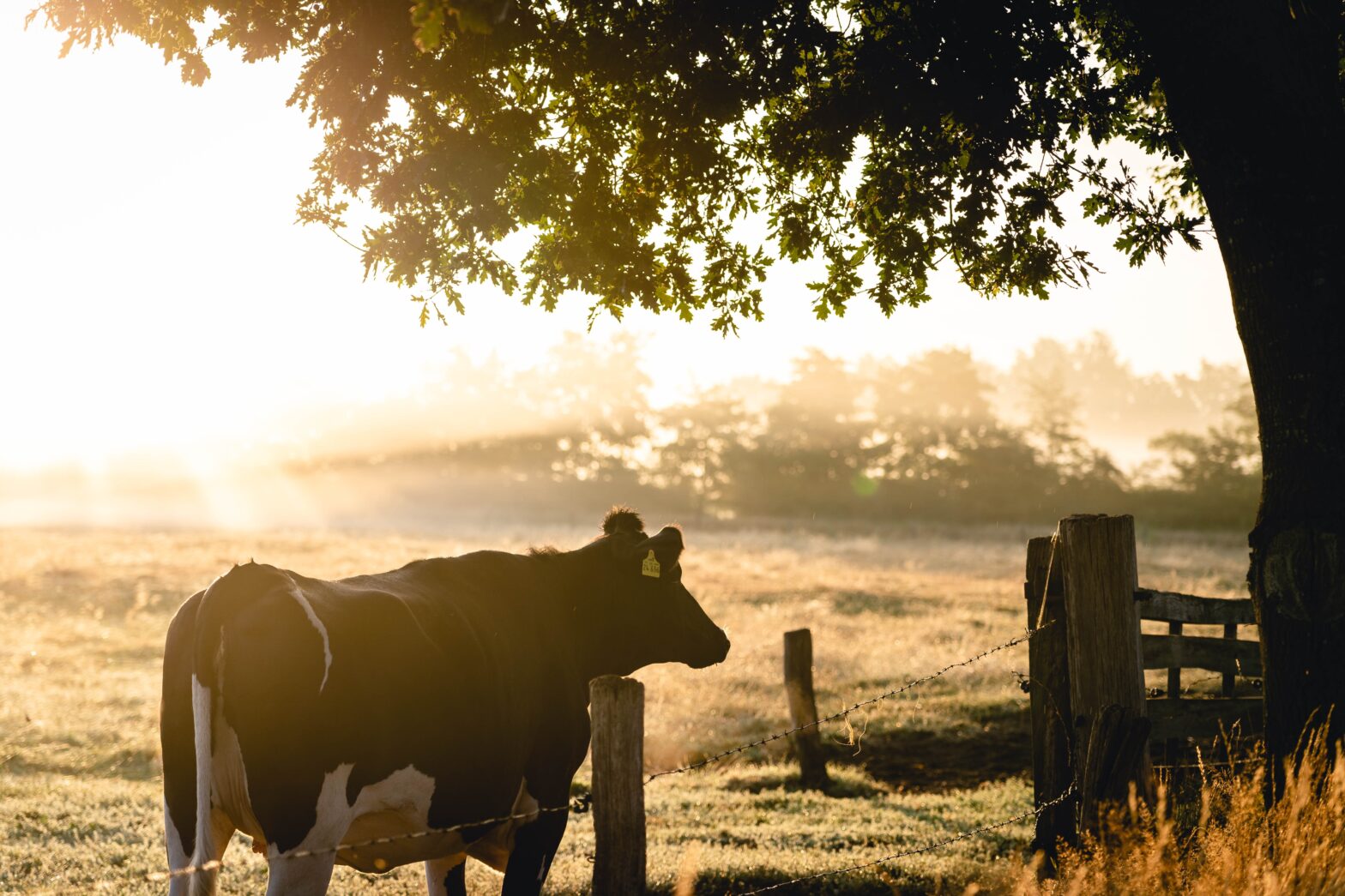Food. It’s something most of us take for granted every day, easily found in grocery stores or local restaurants and markets. But there is an unseen journey from farm to fork that our food takes before it even gets to our plates – a process full of mysterious steps and people making important decisions about the food we eat. Every bite consumed has quite literally traveled hundreds (or even thousands) of miles — often under complex conditions with challenges that involve knowledge, resources, and innovation that are often overlooked when purchasing our favorite foods. In this blog post, let’s explore how the concept of ‘from farm to fork’ really works by looking at some elements along the way in greater detail!
What is the Farm-to-Fork Movement and why is it important to us today
The Farm-to-Fork Movement has been a growing trend in recent years, gaining recognition for its focus on locally sourced, fresh foods. Zaytoon’s Food Blog, like many others, has been a strong advocate for this movement, promoting awareness and understanding of the benefits it offers. By supporting local farmers and food producers, consumers can enjoy healthier and more sustainable food options while also reducing their carbon footprint. The Farm-to-Fork Movement provides a unique opportunity to not only connect with the sources of our food but to also support our communities and local economies. In a world where fast food and processed meals have become the norm, the Farm-to-Fork Movement is an important reminder of the importance of real, fresh, and wholesome food.

Examine how food gets from farms to our dinner plates
Have you ever stopped to think about how food gets from farms to our dinner plates? It’s a fascinating, complex journey that involves a wide range of people and processes. First, farmers plant and cultivate crops or raise livestock, carefully nurturing them over time. Then, the harvested food is transported to processing facilities, where it is prepared and packaged for distribution. From there, it makes its journey to grocery stores or restaurants, where we finally get to enjoy it on our plates. It’s a remarkable feat of coordination, logistics, and hard work, and it’s one that we should all appreciate and take the time to understand.
Look at the various players in the food industry, from farmers to distributors
The food industry is a vast and diverse network, encompassing a wide range of players that all contribute to bringing food to our tables. At the heart of it all are the farmers, who work tirelessly to cultivate and harvest crops and raise livestock. From there, the food moves through a series of players including processors, distributors, retailers, and restaurants. Each player in the food industry has a unique role to play, from transforming raw ingredients into packaged foods to delivering fresh produce to grocery stores. Despite the challenges and complexities of this industry, it is essential to our daily lives and to our economy as a whole. So the next time you sit down to enjoy a meal, take a moment to appreciate all the hard work and dedication that went into bringing that food to your plate.
Trace the journey of a single ingredient, from field to plate
The journey of a single ingredient from the field to your plate is a fascinating one. It begins with farmers carefully planting and tending to crops, ensuring they are healthy and ready for harvest. Once the produce is mature, it is harvested and transported to a processing facility where it is cleaned, sorted, and packaged for distribution. From there, it is transported to grocery stores, restaurants, and food distributors. Finally, it reaches your kitchen where it is transformed into a delicious meal. Each step of the journey is crucial in ensuring that the ingredient is safe and of the highest quality. It’s a journey that often goes unnoticed, but it’s important to remember the hard work and dedication that goes into bringing our food to the table.
Discuss what factors contribute to food waste and how we can reduce it
Food waste is a serious and ongoing problem that affects us all. Several factors contribute to it, such as inadequate storage and handling, confusing expiry labels, and excessive consumerism. To combat this issue, each one of us must take responsibility for our actions. We can reduce food waste by planning our meals ahead of time and buying only what we need, storing food responsibly and utilising leftovers creatively. By doing so, we can reduce the amount of food waste in our homes and make a positive impact on the larger world.

Explore consumer trends in terms of sustainable eating habits and their impact on our environment
As we become more aware of the impact of our lifestyles on the environment, sustainable eating habits are gaining momentum in the consumer world. Shifting towards a plant-based diet, buying locally and reducing food waste are some of the habits being adopted by conscious consumers. The environmental impact of livestock farming, transport of food over long distances and food waste in landfills are some of the well-known contributors to our carbon footprint. By making small, sustainable choices in our eating habits, we can reduce our negative impact on the planet and create a healthier world for ourselves and future generations. It is important to be aware of the changes we can make as consumers, and understand the impact of our buying choices on the environment.
In conclusion, the Farm-to-Fork Movement is an incredible opportunity to reduce our environmental footprint and make more conscious decisions when it comes to the food we eat. Not only does it support local farmers, but it also benefits the environment by reducing food waste, using fewer fossil fuels, and reducing emissions. We must continue to educate ourselves about this important movement and invest in sustainable eating habits that will help shape a better future for everyone. Consumers have an incredible amount of power in this regard – by supporting Farm-to-Fork outlets we can ensure a food chain built on sustainability and health for us all. Together we can work towards creating a more just and equitable future that works for both our bodies and our planet. By being mindful of where their food has come from and making more responsible choices when it comes to shopping for groceries, individuals can truly make a difference in what tomorrow may look like.

